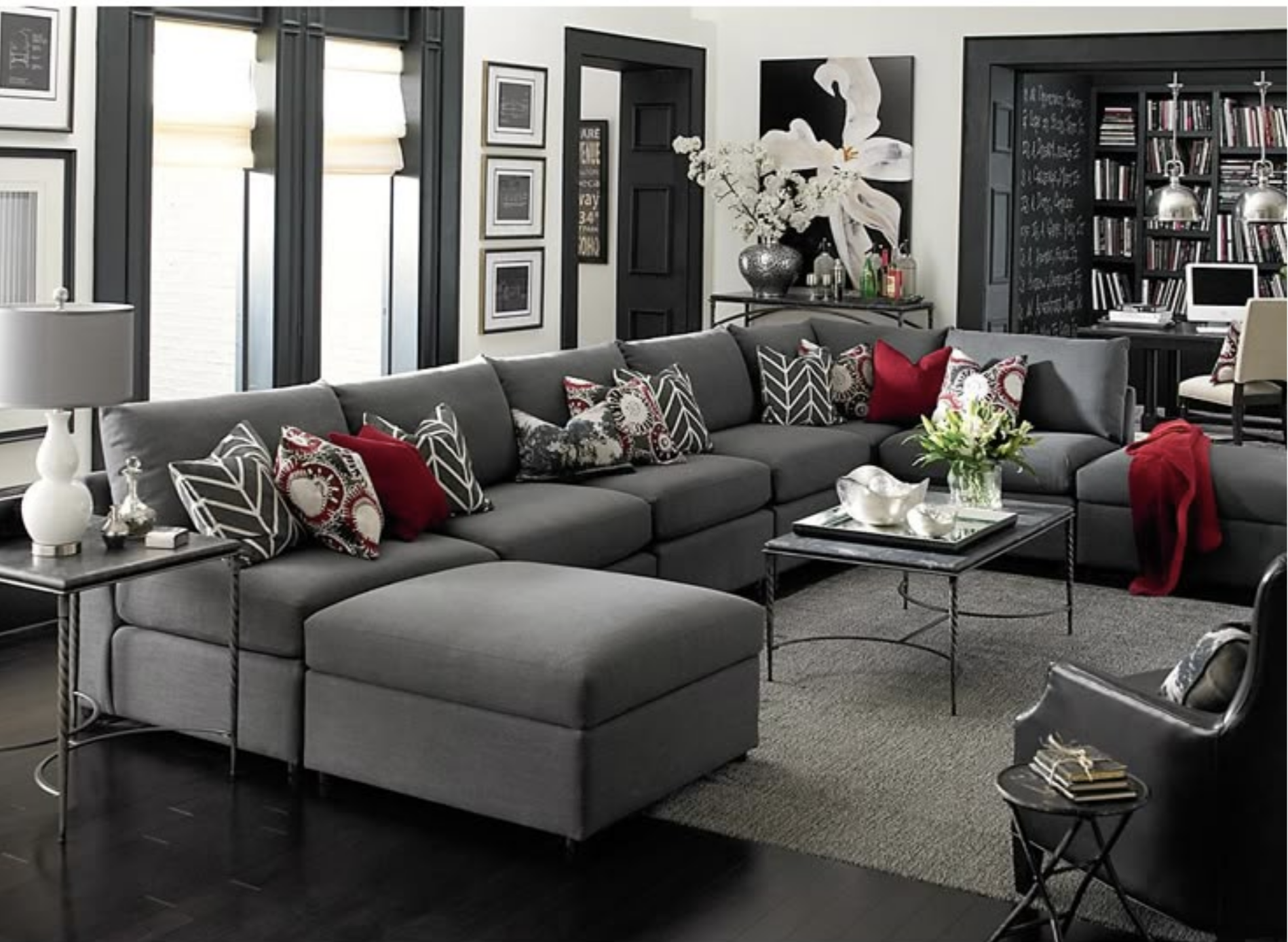How Interior Design Can Help You Achieve Your Biggest Goals
What are the big goals you’re reaching for right now? Or better yet, how are you using your home to help you achieve those goals…because you can! A little support from your outside environment can help you change the way you live each and every day, instilling new habits and inspiring new activities you’re excited about. Come check out our latest blog post for some ways design can help achieve any of your lofty goals…then, put our strategies into play for yourself
Goal #1: Remove Your Stress & Reclaim Control
Have you ever walked into a room and instantly felt the relaxing effect and presence of calm wash over you? Our spaces should be designed to create a soothing atmosphere. Maybe you’ve entered a space that triggered anxiety or feelings of being overwhelmed without understanding the spatial experience that caused it. Our surroundings, including the design of our homes, greatly influence our mental well-being. That’s why many people turn to interior designers for help create rooms that promote well-being, especially in the bedroom. Our bedrooms are a home’s most personal space…a sanctuary whose design should effortlessly reflect the essence of your style where we can relax and rejuvenate. When designing rooms for mental health it’s important to prioritize restfulness for you by minimizing distractions that may interfere with sleep quality. Opt for calming colors like soft blues or neutrals. Use blackout drapery to block out external light sources for you, and consider incorporating soundproofing elements if you live in a noisy environment. Creating a cozy, tranquil atmosphere can contribute to better sleep hygiene and overall mental wellness.
Goal #2: Make Room for Meditation & Mindfulness
When we approach home design from the perspective of promoting relaxation and reducing anxiety, we can create interior spaces that support emotional well-being. These rooms provide a spatial experience that enhances our overall sense of calm and tranquility. By carefully considering the design of our environments, we can cultivate a soothing atmosphere that fosters a positive mental state. Cohesion in interior design elements, such as color schemes and furniture arrangement, can contribute to a sense of calmness in rooms and environments.
Since many of us are working from home, having a designated workspace is crucial. This area, should be carefully designed to enhance focus and productivity of participants in the rooms. A clutter-free environment in rooms with adequate lighting can help minimize distractions and create a conducive atmosphere for cognitive tasks. Consider investing in a comfortable chair and an ergonomic desk setup to support good posture and reduce physical strain during long hours of work or study.
Goal #3: Colors, Lighting and Textures
The color, lighting, and textures in our interior rooms can greatly influence our emotional state in different environments The colors we choose for our living rooms and environments can have a profound effect on our mood, emotions, and style. Warm colors like reds and oranges can create stimulating environments in rooms, evoking feelings of energy and excitement while cool colors like blue & greens having a calming effect, promoting relaxation in different way. Different lighting options in different environments, such as natural light or warm-toned artificial lights in rooms, can also contribute to creating a soothing effect on you by providing a calming environment. Soft textures in rooms, such as plush area rugs or cozy blankets, can provide comfort and security in different environments and dimensions by responding to functional reactions in the brain. On the other hand, rough textures may have different effects on you, as they can induce discomfort or unease in response to certain textures.
Goal #4: Nature-Inspired Design
Incorporating elements of nature into interior design has been shown to promote tranquility in rooms and reduce stress levels in environments of different dimensions.
Natural materials such as wood or stone have a grounding effect on rooms, adding dimensions and style to the space. Creating connections with nature in our living spaces, such as living rooms, bedrooms and studies, has had a positive effect making us feel more connected with the outside world even during extended periods indoors. This connection has been linked to improved mood, increased productivity, and reduced symptoms of anxiety and depression.
Conclusion: Creating a Happy Home with Interior Design
Now that you understand the connection between home design and your mental well-being, it’s time to take action. Consider implementing some of the ideas discussed in this article to transform your own living space into a sanctuary for your mind. Whether it’s rearranging furniture to maximize space or adding greenery to boost your mood, small changes can make a big difference. Your home should be a reflection of who you are and a place where you can find peace and comfort.
Need help designing a sanctuary that supports the way you want to live?
That's what we do. Reach out and let's chat
Until Next Time,
Lynn



